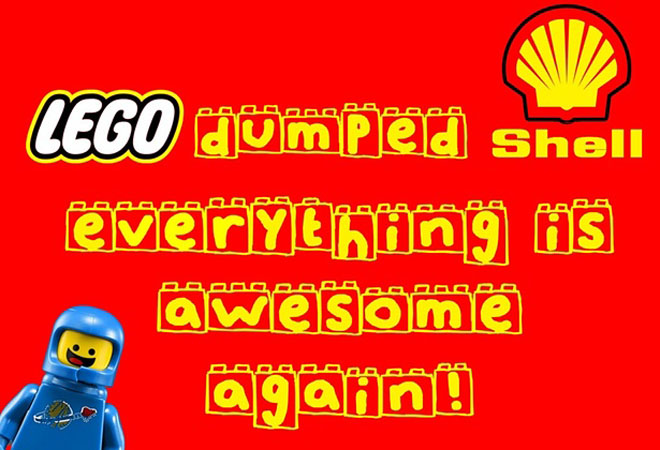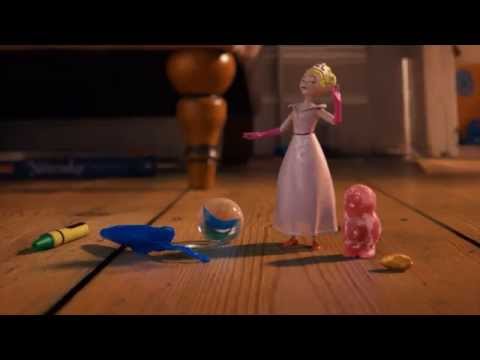
Well done to all those charities who have run bold campaigns in 2015. Not an easy year for the sector with many mergers still on the table, negative stories about about how charities operate in getting their vital funds, the debacle of the Kids Company closing and the Edelman Trust barometer showing trust in charities down 17%.
My top 10 charity campaigns this year are:
Greenpeace Awesome Again
It was good to see Greenpeace’s action in 2014 and mobilising millions to stop the Lego Shell partnership in 2015. Without Greenpeace, life would be much less interesting (and less organisations would be kept in check).
Je Suis Charlie

Not a charity but certainly a cause, I’m sure most would agree the Je Suis Charlie events were a critical response to the threat against the freedom of speech, inspired by the terrible attacks in France on 7th January 2015.
This Girl Can
I loved This Girl Can campaign developed by Sport England as a celebration of active women doing their thing no matter how well they do it or how they look.
Big Issue Baristas
A very innovative and entrepreneurial way to diversify the work homeless people can do, by training them to make and sell cappuccinos – with eight carts in London, I wish it all the best.
Amnesty’s Virtual Reality ‘Aleppo’ Street
It’s tough bringing home your message and this campaign does just that with specially created headsets. It aims to transport people to a Syrian street to show the destructive effects of barrel bombs.
St John’s Ambulance ‘Chokeables’
A brilliant idea, using regular ‘chokables’ as the main characters, with voice-overs from Johnny Vegas and David Mitchell, adding weight.
The Lord’s Prayer ad (Just Pray)
The Church of England planned to run the spot before showings of Star Wars: The Force Awakens, opening on 18 December. As an aside, The Odeon, Cineworld and Vue refused to show The Lord’s Prayer ad . The spot launched the Church of England’s justpray.uk website, which encourages prayer and offers tutorials.
I Saw Your Willy / Share Aware
NSPCC’s great campaign encourages children to think about what they share online; with this campaign they have developed a partnership with 02.
Life-changing Learning

The Open University has captured the strength of mind, effort and reward that comes from studying a part-time degree – a nice brand builder.
Unicef Snapchat of Nigeria
Unicef recruited Snapchat artists to redraw the pictures made by some of the 800,000 children forced to flee their homes in Nigeria, as part of a campaign to raise awareness of the horrific impact of the Boko Haram crisis on Nigerian children.
These charity campaigns are all brave and ambitious – but more importantly speak to us in a straightforward language, and in my view, increase the perceived value of the charities’ role on the issues. I believe they have every chance of driving new supporters and partnerships.
Wishing you all a great Christmas and New Year.
Giles Robertson, Director of Green Banana Marketing Ltd and independent Marketing Consultant, Marketing Society Fellow, Board Member, Marine Conservation Society
Follow him on twitter @gogreenbanana and Linkedin or email at Giles@greenbananamarketing.com






